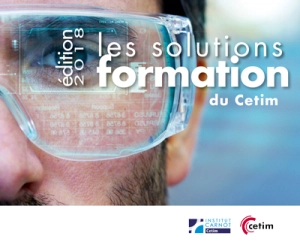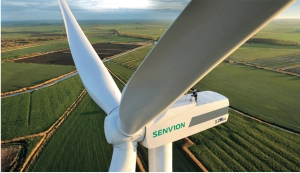 Le catalogue formations 2018 du Cetim est disponible. Une offre regroupant 350 formations métiers déclinée en filières, dont une dédiée à l’industrie du futur avec notamment ses nouvelles technologies de fabrication additive, de robotisation ou de contrôle non destructif.
Le catalogue formations 2018 du Cetim est disponible. Une offre regroupant 350 formations métiers déclinée en filières, dont une dédiée à l’industrie du futur avec notamment ses nouvelles technologies de fabrication additive, de robotisation ou de contrôle non destructif.
En 2018, le Cetim revoit complètement son offre de formations. Son objectif : coller toujours plus à la réalité des entreprises et aux évolutions technologiques et normatives dans lesquelles le monde industriel est engagé. Ainsi, c’est dans un nouveau format décliné en filières que le catalogue Formations 2018 présente les 350 formations métiers, animées partout en France, permettant aux ingénieurs et techniciens d’approfondir leurs connaissances dans un domaine de la mécanique.
Accéder au catalogue 2018
WordPress:
J'aime chargement…


 Un
Un 





